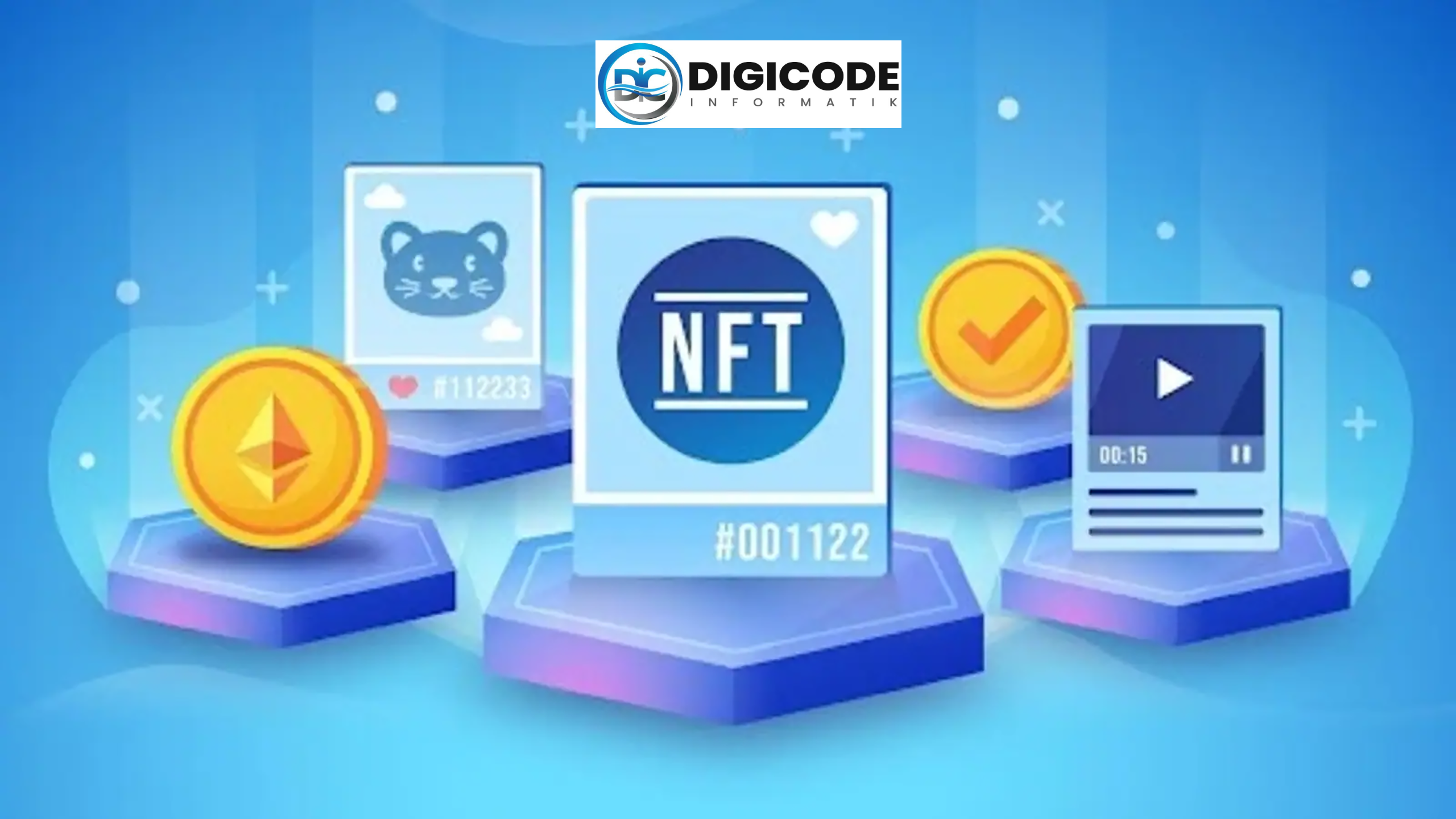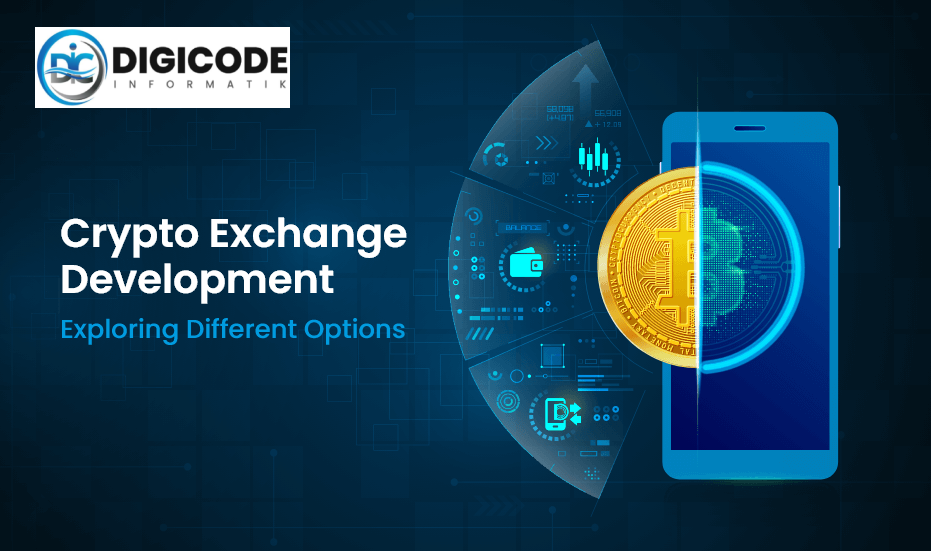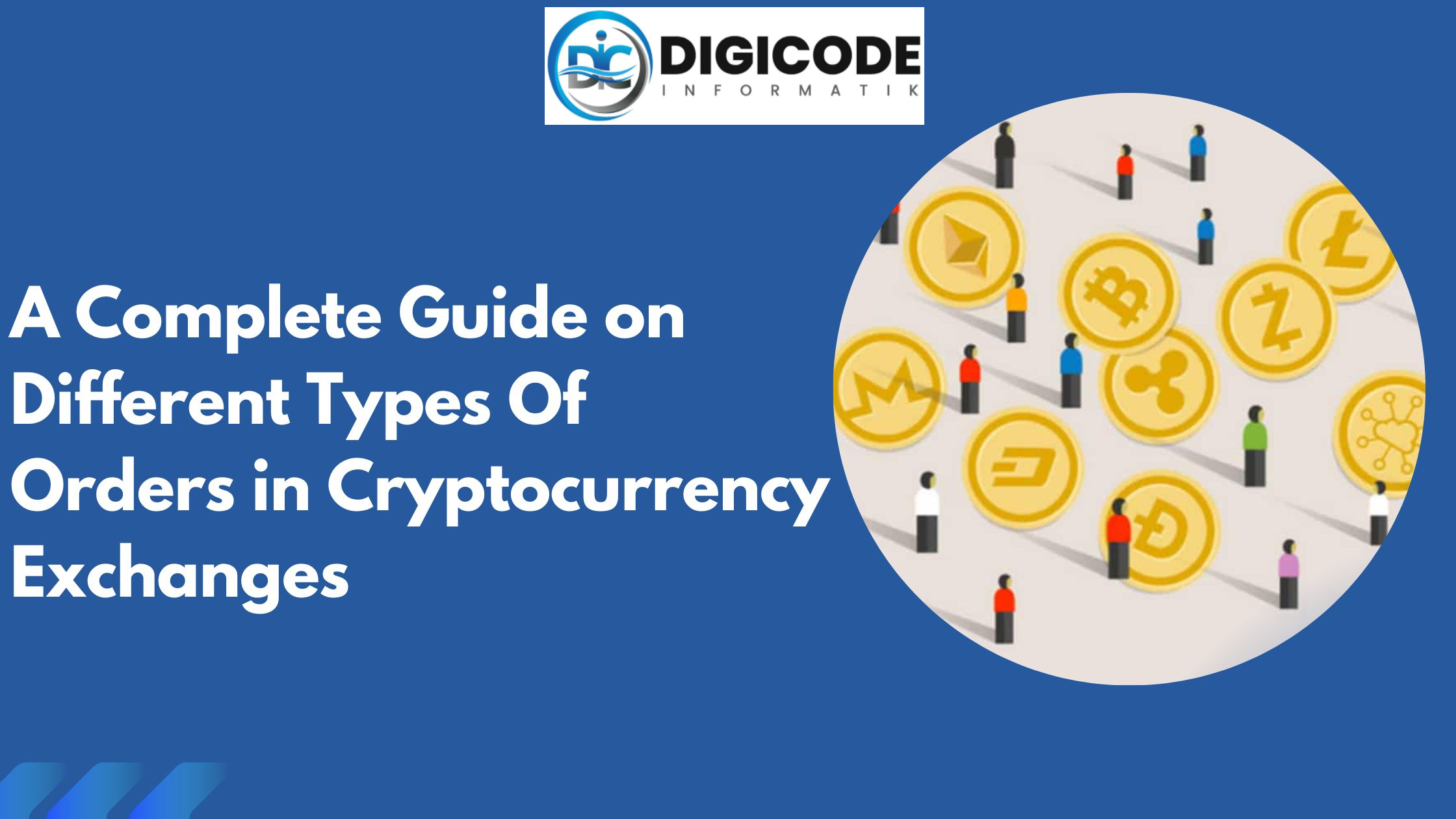NFTs are unique digital assets that are verified on a blockchain network, which allows for ownership and provenance to be tracked. They have taken the world by storm and have been making headlines recently due to the high prices that some of these assets have fetched. NFTs have found applications in a variety of areas including art, collectibles, gaming, real estate, and even sports.
The state of the NFT market can be described as rapidly growing and evolving. Over the past year, the NFT market has experienced an explosion in popularity and the trading volume of NFTs has increased dramatically. This has been driven by a combination of factors such as increased awareness and understanding of the technology, a growing number of creators and artists entering the market, and an increasing number of investors who are seeking to diversify their portfolios.
One of the key drivers of the growth in NFTs has been the rise of DeFi (Decentralized Finance). DeFi has been growing rapidly over the past year and has provided a platform for NFTs to be traded and used in new and innovative ways. This has led to a proliferation of NFT-powered DeFi projects that are focused on everything from yield farming to stablecoins.
Another important factor that has contributed to the growth of NFTs is the increasing number of big-name celebrities and brands who are entering the market. This has helped to further increase awareness and interest in NFTs and has provided a source of legitimacy to the market. Some of the big names that have recently entered the NFT market include Grimes, Beeple, and Paris Hilton.
The current state of the NFT market can be described as one that is characterized by both excitement and uncertainty. On the one hand, there is a great deal of excitement about the potential of NFTs and what they can do. On the other hand, there is also a great deal of uncertainty about the future of the market and how it will evolve over time.
The development of an NFT marketplace requires the following steps:
1. Define the platform's purpose, target audience, and types of assets to be sold.
2. Choose the appropriate blockchain technology, such as Ethereum, to build the NFT marketplace on.
3. Develop the marketplace's user interface and design, ensuring an intuitive and user-friendly experience.
4. mplement smart contracts to automate the buying, selling, and transfer of NFTs on the platform.
5. Implement a payment gateway to handle transactions between buyers and sellers.
6. Test and launch the marketplace, ensuring that it is secure, scalable, and meets the requirements of users.
7. Continuously monitor and maintain the platform, updating it with new features and fixing any bugs or security issues.
It's important to have a strong understanding of blockchain technology, as well as experience in developing decentralized applications and smart contracts, to ensure the success of an NFT marketplace.
Here's a general outline of the NFT buy and sell process:
1. Search for NFTs of interest on a marketplace, such as OpenSea, Rarible, or SuperRare.
2. Review the NFT's details, such as its scarcity, price, and owner history.
3. If interested, place a bid or purchase the NFT at its current price.
4. Wait for the bid or purchase to be processed and confirmed by the marketplace.
5. Once the transaction is confirmed, the NFT will be transferred to the buyer's digital wallet.
It's important to research the NFT market and understand the value of NFTs before making a purchase. Some NFTs may have a higher value due to their uniqueness, scarcity, or the reputation of their creators. NFT purchases can also be made with cryptocurrencies, such as Ethereum, and it's important to keep the digital wallet secure and backed up.
NFTs (Non-Fungible Tokens) can exist on both centralized and decentralized platforms. The main difference between the two is the level of control and trust that users have in the platform:
Centralized NFT platforms:
1. Controlled by a single entity or organization.
2. Require users to trust the central authority to manage and store the NFTs securely.
3. Offer faster transaction speeds and easier access to NFTs, but may be vulnerable to hacking, censorship, or mismanagement.
Decentralized NFT platforms:
1. Built on blockchain technology, making them secure and transparent.
2. Provide users with more control over their NFTs, as they are stored in a decentralized network.
3. Transactions can be slower and more complex, but offer greater security and immunity from censorship.
It's important for users to consider the trade-offs between centralized and decentralized NFT platforms and choose the one that best fits their needs and level of risk tolerance.
One of the key challenges facing the NFT market at present is the issue of scalability. With the rapid growth in NFTs, the demand for transactions on the blockchain networks that support them has increased dramatically. This has put a strain on the networks and has led to issues such as slow transaction times and high fees.
Another challenge facing the NFT market is the issue of sustainability. With the rapid growth in the market, there is a growing concern about the impact that the creation and trading of NFTs is having on the environment. This is due to the high energy consumption that is associated with blockchain networks and the need for energy-intensive mining processes to validate transactions.
In conclusion, the state of the NFT market can be described as one that is rapidly growing and evolving. It is a market that is characterized by excitement, uncertainty, and a great deal of potential. While there are certainly challenges that must be overcome, the future of NFTs looks bright and there is a great deal of potential for innovation and growth in the years to come.




